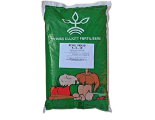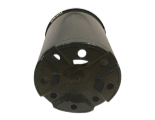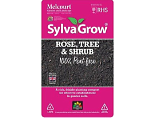
How to grow and take care of roses
5 Minute Read
Revered for centuries as the epitome of floral grace, roses have an enduring allure that transcends seasons. In this comprehensive guide, we embark on a journey through the delicate intricacies of cultivating and nurturing these iconic blooms.How to care for roses
There is nothing quite like growing and caring for roses - did you know; fossil evidence indicates they may have been around for some 35 million years?With over three hundred species and tens of thousands of cultivars worldwide, so it's not surprising that they're one of the world's most popular blooms.
Whether you're a beginner or an experienced gardener - keep reading for our top tips on growing and maintaining healthy roses.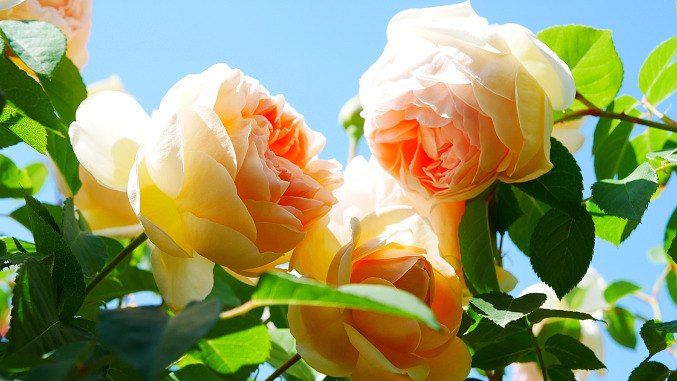
Where to grow roses
Roses need at least 6 hours of sunlight daily, so pick a spot in your garden that receives ample sunlight. Additionally, ensure that the area has good drainage to prevent water-logging.
Always purchase healthy, disease-free rose plants from a reputable nursery or garden centre. Look for strong stems, healthy leaves, and no signs of pests or diseases.
Prepare your soil
Roses thrive in well-draining, fertile soil with a slightly acidic to neutral pH (around 6.0 to 7.0). If your soil lacks nutrients, add an organic matter like compost to improve soil structure and nutrient content before planting.
When to plant roses
The best time to plant roses is in the early spring or fall. Dig a hole slightly larger than the root ball of the plant. Gently spread the roots and backfill with soil, then water well.
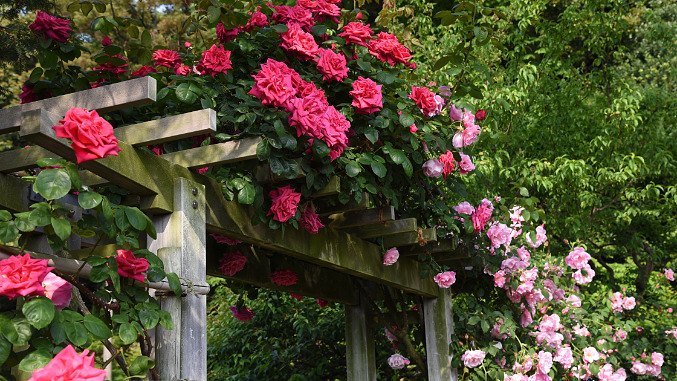
Watering
Roses need regular watering, especially during the growing season. Water deeply at the base of the plant to encourage deep root growth and avoid overhead watering to prevent fungal diseases. On average, roses need about 1 inch of water per week.
Mulching & fertilising
Apply a layer of organic mulch around the base of the plants to retain moisture, suppress weeds, and regulate soil temperature. Mulching also provides valuable nutrients as it breaks down.
Feed your roses with a balanced fertiliser specially formulated for roses. Follow the instructions on the package for application rates and frequency. Over-fertilising can lead to excessive foliage growth at the expense of flowers.
Pruning
Regular pruning is essential for maintaining healthy and well-shaped rose bushes. Prune in late winter or early spring while the plant is still dormant. Remove dead or diseased wood, and cut back old, unproductive canes. For more information, check out our guide to pruning roses.
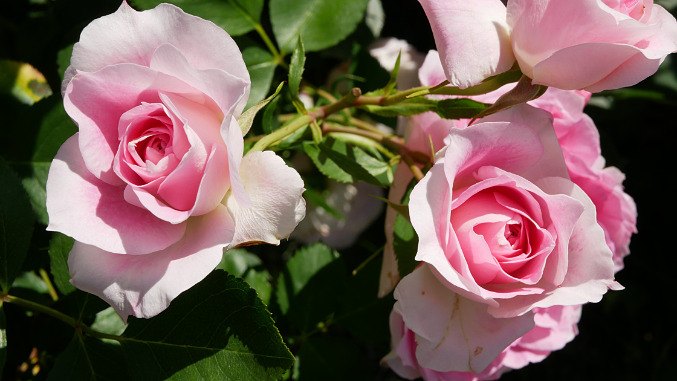
Pest & disease control
Keep a close eye on your roses for signs of pests and diseases. Common issues include aphids, spider mites, black spot, and powdery mildew. If you notice any problems, take appropriate action immediately.
Winter care
In colder climates, protect your roses from harsh winter conditions by mounding soil or adding mulch around the base of the plants- this helps insulate the roots and prevents frost damage.
Supporting climbing roses
If you have or decide to grow climbing roses, provide them with a sturdy trellis, arbour, or support structure for them to climb.
Deadheading
Remove spent flowers regularly by deadheading to encourage the production of more blooms.
Remember, growing roses may require some patience and experimentation. Different varieties have specific care requirements, so always check your variety's instructions. With proper care and attention, you can enjoy the beauty of your roses throughout the growing season.

